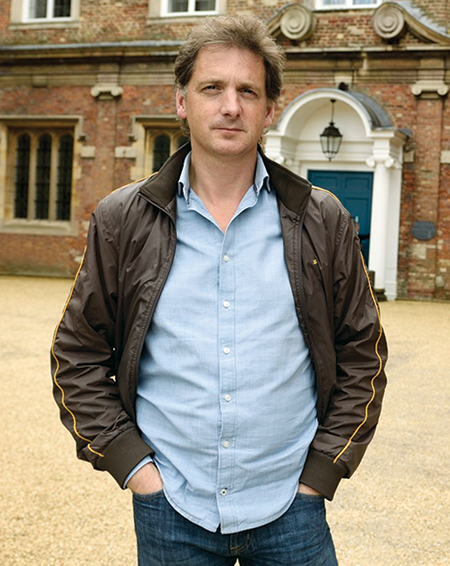Fall 2015

London-born-and-bred 1st AD Richard Styles says he still has to pinch himself every time he steps onto a set—whether that’s in his native U.K. or, more recently, in quintessentially American locations like Oklahoma, Atlanta, and Beverly Hills.
He credits his father, a comedian, magician, and puppeteer, with setting him on his path. "When I was 8, my dad took me to the set of Time Bandits and I said: ’I want to be that guy with the megaphone.’"
Four decades later, Oscar-nominated directors like Stephen Daldry, Sofia Coppola, and Paul Greengrass have embraced Styles’ easygoing, humor-filled approach to the job.
His most recent film, Billy Lynn’s Long Halftime Walk, directed by Ang Lee, was shot in 4K 3-D at 120 frames per second, something that had never been done before. "We were relearning how to make a movie," says Styles. "Nothing you’d do on a conventional film was applicable."
That included having to block, light, and set
every scene with the main cast, rather than stand-ins, and working off a single camera position instead of the normal coverage with A and B, handheld or Steadicam cameras.
Aside from the enormous technical challenges, the prep in Atlanta, a city Styles had never seen
before, was incredibly intense. It included staging a live pro football game, a pop concert on the field, and the Iraq War.
"For [John Wells’] August: Osage County (2013), I needed an oil well in the middle of a street in Bartlesville, Okla., and the town said, ’Sure, go ahead,’" he recalls. "What’s ironic is that until I started working here a few years ago, my only reference points for America were the places I’d seen in movies where I always longed to work."
With a résumé chock-a-block with dramatic features, the AD says the lessons learned from his comedian father have factored into his success. "I’ve always thought ADs should be issued SAG cards," he says, half-joking. "No matter how insane or difficult the job gets, we must keep a positive, upbeat tone on the set, just like a performer."
Such has been the case on five films with Danny Boyle, who is known for tough, high-adrenaline schedules with tricky shots.
"The script for 28 Days Later... (2002) had these massive apocalyptic scenes that required closing down places like Piccadilly Circus, Whitehall, and Westminster, all on a very small budget," says Styles. "Danny was so fired up, and I was like, how are we going to do this?"
The key was scheduling. "Every morning, for four weeks in the summer, I set a 4-in-the-morning start, just as the light was coming up. The streets were deserted because it was so early, so we had exactly three hours before we had to get out of there."
And if Styles had to move the whole company around a corner after the rain machine and camera had already been placed, as was the case on Trance (2013), "you just figure out a way to do it because Danny Boyle is absolutely brilliant and you know what he wants will make the film better."